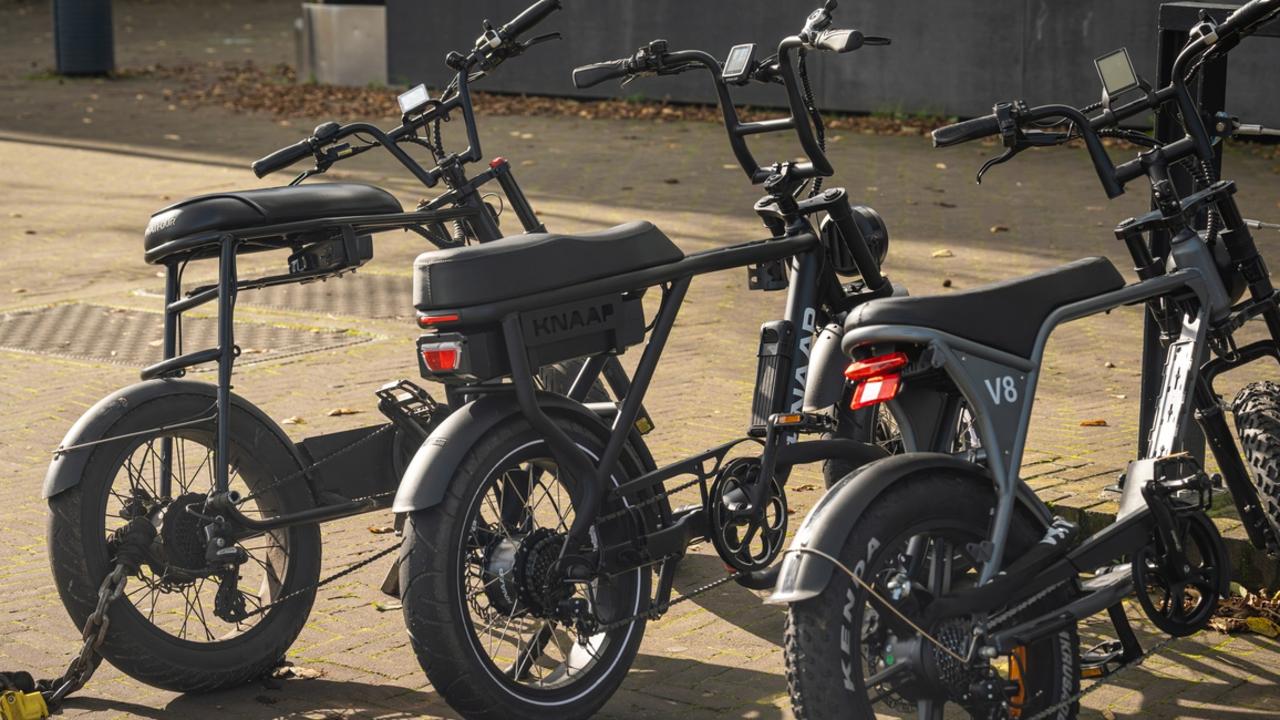Inside Western Sydney airport’s hi-tech systems driving future of travel
No control tower, passengers checking in for flights at train stations, driverless vehicles on-site: Welcome to Western Sydney Airport. The Sunday Telegraph can exclusively reveal the new hi-tech systems for customers and airlines.
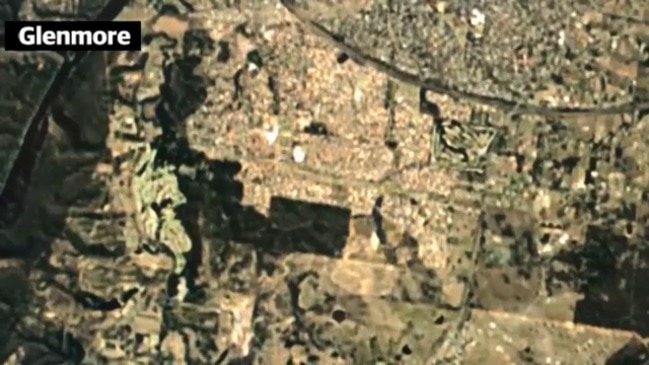
- Sydney overtaken by high-rise ‘monstrosities’
- 23 suburbs swallowed up in Sydney’s big squeeze
- Heart of Sydney in the middle of suburbia
No control tower, passengers checking in for flights at train stations, driverless vehicles on-site: Welcome to Western Sydney Airport.
With earthmoving work well underway at Badgerys Creek, airport chief executive Graham Millet has outlined plans for new hi-tech systems for customers and airlines.
“This airport won’t open for eight years but there will be a lot of change in that period, particularly around technology,” Mr Millet said.
The site of Sydney’s second airport is already a hive of activity, with bulldozers flattening land for a 3.7km runway and terminal, the largest civil earthworks project in Australia.
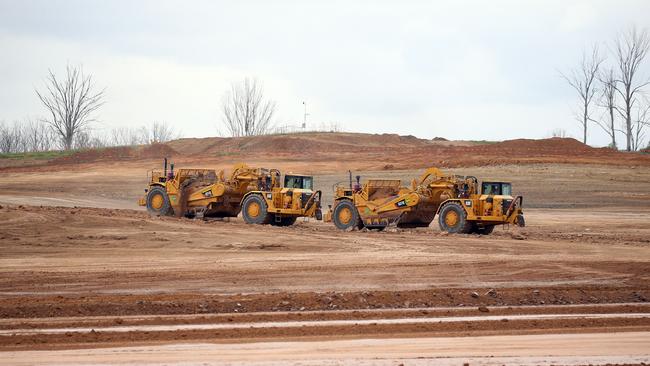

MORE FROM MIRANDA WOOD
$825M PROGRAMS TO FIGHT SYDNEY CONGESTION
MARGARET CUNNEEN TO REPRESENT FORMER MINISTER IN COURT
GOVT’S $100M PLEDGE TO HELP EATING DISORDER SUFFERERS
Mr Millet said the airport was part of Airservices Australia’s OneSKY program “which means that there are no controllers on the site”.
“We’re planning not to have a control tower,” he said. “What you have is high definition zoom cameras feeding signals back into a control room somewhere — it could be anywhere in Australia — and they can control the aircraft.”
The technology, which is still being testing, would be supervised by air traffic controllers.
Mr Millet said he also hoped facial recognition systems would allow passengers to check-in from major train stations such as Central.


“If we can get the right sort of arrangements in terms of privacy, and we can get the right sort of arrangements with the state government, we’ll know when you get on the train,” he said. “What that means is we’ll tell the airline ahead of time, well-before it has to depart, which passengers are going to turn up.”
Mr Millet said all vehicles on the airport were intended to be autonomous “which means we probably won’t be building many, if any, multistorey carparks”.
The Sunday Telegraph was given exclusive access to the airport site, which is expected to create 11,000 jobs during construction.
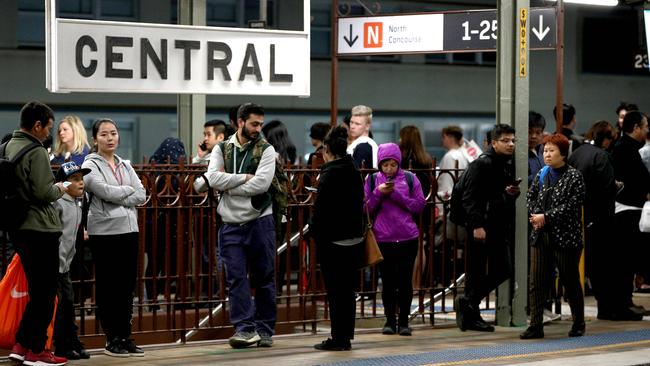
Over the next six years, 22 million cubic metres of earth will be shifted, more than three times the amount moved to build the nearby 41km-long M7 motorway.
About 140 workers are already on site, clearing 99 hectares since September 24.
Scientists are also harvesting seeds from a rare Sydney kangaroo grass species that grows in the area, part of a $10 million federal government program.
Patches of grass are dotted across the site, which has been protected for decades, and will be planted at protected areas across the city.
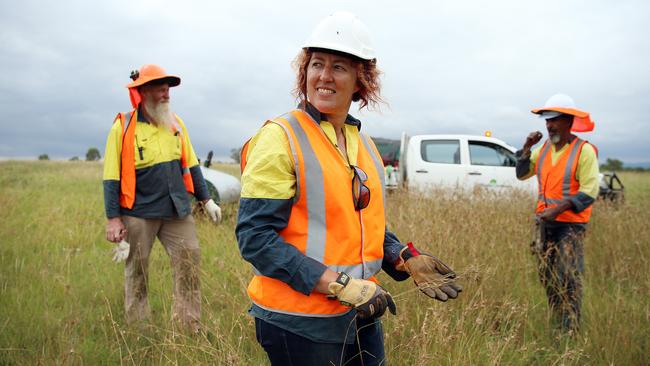
Greening Australia senior restoration ecologist Samantha Craigie said: “They are really important patches because there are very few left across the whole Cumberland Plain. The only patches are south of the M4 and in this southwest corner.”
Federal cities and urban infrastructure minster Alan Tudge said: “By collecting and harvesting native grass seeds, Greening Australia aims to future-proof seed supply to support conservation replanting programs.”
The 1780-hectares site also changes in height, with the difference between the lowest and highest points equal to a 12-storey building.
“It provides the platform on which we build everything — runways, aprons, taxiways, the terminal, the maintenance, repair and overhaul facility,” Mr Millet said.


